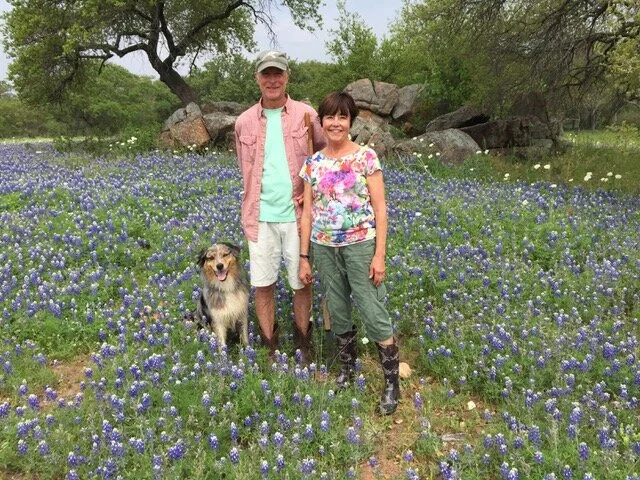Longtime friend of Pease Park, Jill Nokes, understands Texas ecology and native landscaping from bud to bloom! She has a Master’s degree from Texas A&M in horticulture, where her focus was on native Texas plants, how to produce them, and how to use them in landscape.
She has recently retired from an admirable career in landscape design, during which she guided clients through naturalistic design for both commercial and residential landscapes. For the last 15 years, Jill expanded her practice to include consulting on conservation management on rural properties.
Jill was the Board President for the Austin Parks Foundation, a Board Member for the Hill Country Land Trust, and is still a strong advocate for public parks.
She has written two books, How to Grow Native Plants of Texas and the Southwest and Yard Art and Handmade Places: Extraordinary Expressions of Home.
We value Jill’s guidance on natural resource management within Pease Park and we are honored to share some of her insights with you as a part of our Women’s History Month series.
PPC: Where did you find your passion for nature and being in the outdoors?
JN: I spent most of my career studying native plants and the wild places they are found. I began studying botany in undergraduate school during the first Earth Day and the beginning of the environmental movement. This was a new area of study and I hopped right on board and was very fortunate to have two very learned mentors who took me along as they traveled the state collecting plants to introduce to the nursery trade. I then got a Master’s degree in horticulture and became involved in landscape design, park advocacy, and conservation management.
PPC: What are some of the challenges communities face when trying to balance the goals of maintaining native ecology while also developing spaces for recreation and a pleasing aesthetic?
JN: In order to be effective at protecting and preserving “natural” spaces while also inviting human impact, management must think about the following questions:
What are the natural processes of these spaces and how do they function?
What does it cost and how much time does it take to improve or repair the spaces when they’ve been over-used or “loved to death”?
How do you get buy-in from park users when certain areas must be closed to rest and heal?
How “legible” is the “natural” space to the average user?
Healthy ecosystems are not always neat and tidy and that is hard for some people to accept. Therefore, greenbelts and public spaces should have access to a trained range scientist or ecologist and must also have a public educational component to get folks to understand what they are seeing and what is important.
PPC: What recommendations do you have for individuals when they are thinking through landscaping for their homes or businesses to make sure they are staying true to our region’s native plants and natural ecology?
JN: Today, landscape design is much more sophisticated and plant savvy than it was when I started 30 years ago. There are many more resources for people who want to learn more. There is the Lady Bird Johnson Wildflower Center, Native Plant Society, many field guide books, and even Master Naturalist classes. If a person truly wants to learn more, the teachers will come.
Also, I think folks should start by focusing on the health of their soils. Urban soils are often very depleted and in need of compost and thoughtful cultivation until they improve. With climate change, we have to think about recovery, resiliency, and a holistic approach in which the plants are the crowning feature. But, they cannot thrive until we invest in the soils first.
PPC: What are some examples you can share where cities, parks, or urban spaces have “done it right” in terms of native landscaping and strong environmental stewardship?
JN: I think we can start with some of Olmsted’s (Frederick Law Olmsted) parks, with Central Park being the most compelling example. It was designed to look “naturalistic,” although it was completely human-made. After it was long into serious decline, citizens organized to drive its restoration and they began with a strong foundation of stewardship and horticulture. Many of Olmsted’s parks are now managed that way.
I think the Dell Medical School here in Austin has some very interesting native plant landscaping in a very formal area. I see Pease Park headed in that direction as well after the new construction is completed!
You can learn more about Jill Nokes at her website: jillnokes.com





